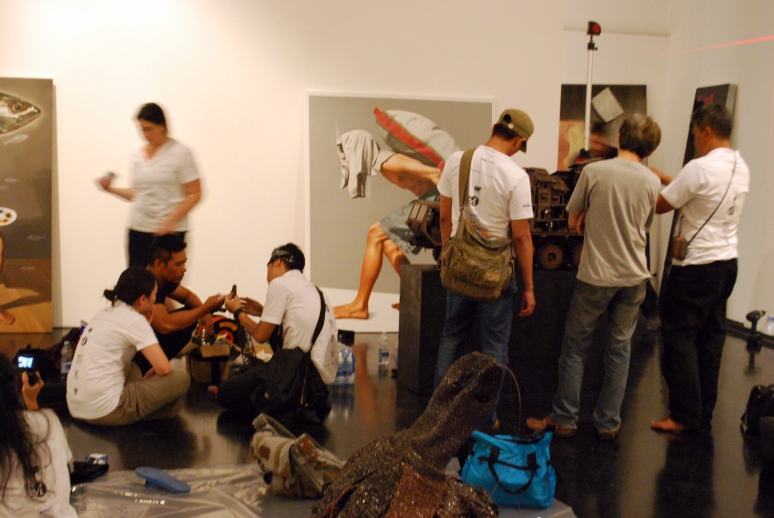
Walking into Stefano Canto’s studio feels like stepping on the moon. Tucked in a quiet area of Rome, Canto’s working space reflects his need for order and clarity.
The artist has a background in architecture and that comes off pretty clearly from many elements of his work, such as the relationship between solids and voids, the use of modular elements and the choice of materials to work with. In sculptures/installations like “Caedo (Opus Caementitium)” he creates evocative shapes by filling the bug-damaged interior of a tree with concrete.
As often happens in contemporary art, there are many ways to look at “Caedo (Opus Caementitium)” – for some absence becomes presence. For others the work is a comment on the damages of urbanisation – the pathogens attacking the tree trunk are indeed caused by smog and other similar substances. You can even look at these works as simple evocative shapes, reminiscent of the black obelisk-shaped object that Led Zeppelin featured on the cover of their seventh album ‘Presence’ (that’s actually my own take and when I told Stefano he looked at me like “what the hell are you talking about?) Well, my point is that there are so many layers to each work that you can fill a book – Stefano actually has an upcoming book with a few curatorial texts, so keep an eye on this guy -this is a studio visit though, so I’ll let the picture do the talk…










